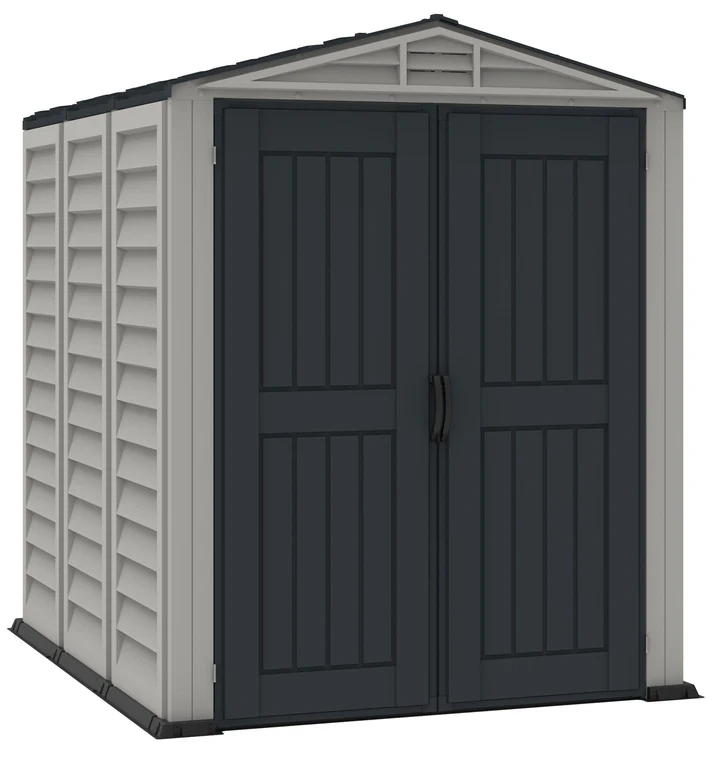As the flow increases, the voltage it generates increases and a signal goes to the meter. Essentially, a magnetic flux meter measures the speed or speed of a conductive fluid or fluid as it flows and moves through a tube or pipe. The consistency and precision of magnetic flux meters is not affected by temperature, pressure, viscosity of liquids or liquid density.
While the excitation current alternates its direction, the amplitude of the sensor output signal doubles. For the flow measuring range from 0.5 meters / second to 15 meters / second, The amplitude of the sensor output signal ranges from 75 microvolts to about 4 mV to 6 mV. Figure 3 shows the sensor output signal when it is switched on with a constant, fluid-flowing current source flowing through the sensor. The range diagram captured on the sensor output cables shows a very low level signal that has a common significant voltage.
When a conductive fluid passes through the field, a voltage proportional to the current occurs. And more special means such as high temperature, low temperature and high viscosity. Electromagnetic flux meters can only measure conductive media, mainly wastewater.
This is a significant advantage that other types of flow meters do not have. Some flow meters can be easily removed because they just don’t work with the application. For example, electromagnetic flux meters will not run on hydrocarbons and a conductive liquid is required to function. Below are some of the main categories of flow meters in combination with the type of liquid that meters can handle. When installing the turbine flow meter, keep it away from the external electric field and magnetic field and take effective protection measures if necessary to avoid external interference. Turbine flow meters can be installed horizontally and vertically and the direction of the liquid must be up when installed vertically.
Some flow meters also depend on moving parts that are not designed to withstand high pressure. Some meters work exceptionally well with a regular flow rate, others will easily perform better than high-efficiency applications, such as applications that often start and stop. Variable surface flow meters are used to measure the volumetric flow of clean, charged and viscous liquids and clean gases. However, we do not recommend using this type of technology for very viscous liquids or highly charged liquids. Venturi flow meters are used to measure the volumetric flow of a clean or charged liquid or gaseous medium.
Magnetic flow meters measure the speed of conductive liquids in pipes, such as water, acids, caustics and sludge. Be careful because using magnetic flow meters in low conductivity liquids, such as deionized water, boiler feed water or hydrocarbons, can cause the flow meter to shut down and the zero current to be measured. These meters are used in science in scientific laboratories for experiments and education. They can be found in basic production, including beverage production and chemical production, as well as water purification, aquafarms and oil and gas applications. These meters should not be used with agents that can cover the float or the measuring tube.
This dense abrasive material must be carefully checked and checked to determine the safety of the operation. The ability of magnetic flux meters to measure flux, regardless of density or viscosity, has made them an ideal monitoring device for mining activities. The data collected by the meter is collected đồng hồ nước điện tử and sent for translation into mass flow measurements so that the movement and flow of the joint can be closely monitored. Knowing the measured resources is only part of understanding the general application. Some electromagnetic flux meters are affected by liquid temperature and operating pressure.
The electromagnetic flux meter is a volume flow meter, which measures the volume of liquid. In reality, electromagnetic flow meters can measure the flow of the conductive medium, like most liquids such as water, wastewater, caustic fluid, pulp, mud, some acidic and alkaline solutions. Various coatings are available to measure different media, such as soft rubber, hard rubber, neophen, polyrethane or PTFE. Unlike other meters, magnetic flux meters can measure liquids, regardless of fluid density, viscosity or flow turbulence. This makes mag-meters very accurate and reliable in a wide range of solutions. In addition, their design has no obstacles to the pipe, making these meters ideal for a wide spectrum of applications, from very sanitary liquids to very corrosive sludge and liquids.
The costs of mass flow meters are several times higher than those of electromagnetic flow meters. One problem that distilleries face is the many types of liquids that flow through their production system. Because magnetic flux meters are not affected by changes in fluid types in the system, they are ideal for use in distilleries. The multiple use of magnetic flux meters for the distillery industry includes measuring, recording, monitoring and controlling fluid flows. These different functions are necessary to guarantee the quality and standards of the products produced. It is easy to understand why magnetic flux meters are required to use the service station as it concerns the sale and delivery of the product.
